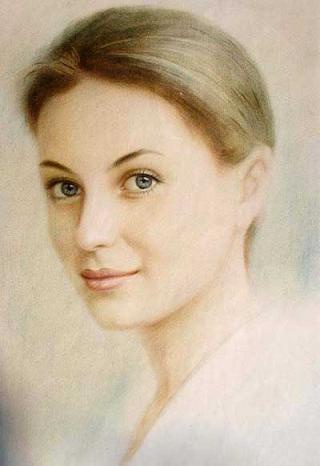Instruction
1
To start, determine the composition of the portrait and its layout. Outline sketch silhouette depicted on the portrait of a man, apply on drawing basic facial features, clothing, background elements.
2
Consider the color – based portrait-all the colors chosen for painting should be in harmony with each other and to emphasize the major emotional task of the portrait.
3
Than lighter and pastel shades you use, the more calm emotions cause portrait. The more vivid and contrasting colors you choose, the higher the voltage experienced by the audience and the more dramatic will be the portrait. Depending on who you draw and what tasks put before him, picks up the colors of the picture.
4
Watercolor painting should be filled with air and transparency, so the paint should Shine through each other and drawing must obey this rule. Do not use white paints – their role is played by a white paper.
5
Start painting with the lightest fragments of a portrait, trying to successfully pass a color plasticity of the depicted person. Try in advance to practice on a rough sheet for sketches to understand how to create transitions between colors and how to use different shades of watercolor in order to best demonstrate the emotional intensity and the plasticity of the portrait.
6
Don't forget about the light glare and shaded areas. Apply paint with a brush lightly, don't overdo the amount of paint – it should be transparent. Due to the large amount of moisture in the dye paper for watercolor tends to gather in the folds and deformed, and therefore, pre-stretch the paper on a tablet with buttons or fastenings.


